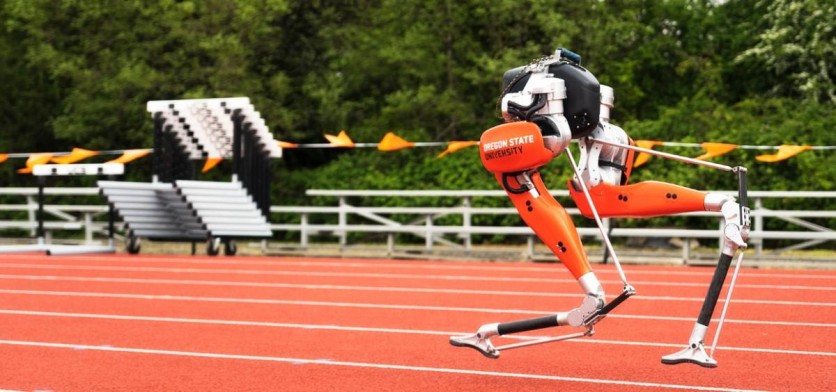A bipedal robot named Cassie has established a Guinness World Record for the 100-meter dash. Despite not having the same level of lightning-quick speed as the best athletes in the world, it is a remarkable engineering and robotics achievement.
As reported first by New Atlas, Cassie was developed by Agility Robots, a spin-off company from Oregon State University, and it made its debut in 2017 as a research platform for robotics development.
In 2021, the bipedal robot showed off her excellent development by running 5 km (3.1 miles) in just under 53 minutes.
The development of Cassie was supported by a $1 million, 16-month grant from the Defense Advanced Research Projects Agency (DARPA) under the direction of Oregon State robotics professor Jonathan Hurst.

Setting a World Record
This feat required the robot to overcome its unusual biomechanics and knees that bend like an ostrich to remain upright by using machine learning techniques to give it the capacity to run.
With this capacity, Cassie joined the club of bipedal robots that can run, which also includes the Atlas humanoid robot from Boston Dynamics and Mabel, which is marketed as the fastest knee-equipped bipedal robot in the world.
"Cassie can perform a spectrum of different gaits but as we specialized it for speed we began to wonder, which gaits are most efficient at each speed", graduate student Devin Crowley, who led the Guinness effort, said in a statement.
"This led to Cassie's first optimized running gait and resulted in behavior that was strikingly similar to human biomechanics."
Cassie underwent a year's worth of simulated training in a week to identify the most efficient gait.
Why the Record is Special
However, the robot had to begin in a standing position and maintain that pose after crossing the finish line, rather than simply falling over to achieve the Guinness World Record.
This required Cassie to employ two neural networks, one for moving quickly and another for remaining still and seamlessly switching between them.
Cassie set a Guinness World Record for a bipedal robot when she finished the 100-meter race in 24.73 seconds. Although this is much slower than the sub-10-second marks set by the top sprinters in the world, the experts are certain that the pace of advancement will only increase from this point on.
Although there are other Guinness World Records for quick robots, this one was created using a typical competitive human task. It is not merely a measurement of top speed that lasts for a split second; rather, it is the average speed that is sustained over a given distance and under the restrictions that it must begin in a standing position and finish in the same position.
Related Article : Sarcos is Developing a 'Human-Like' Robotic Hand to Help the US Navy in Safely Defusing Mines
This article is owned by Tech Times
Written by Joaquin Victor Tacla
ⓒ 2025 TECHTIMES.com All rights reserved. Do not reproduce without permission.




